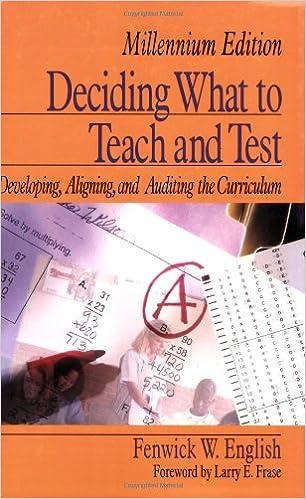Question Completion Status: > Moving to another question will save this response. Question 11 A manufacturing firm would begin preparation of its master budget by constructing a: A. sales budget B. cash budget. C. capital budget D. set of pro-forma financial statements. > Moving to another question will save this response. > A Moving to another question will save this response. Question 12 A standard cost: A. is the "true" cost of a unit of production. B. is a budget for the production of one unit of a product or service. C. can be useful in calculating equivalent units. D. is the actual cost from previous years. -> Moving to another question will save this response. Moving to another question will save this response. ou Question 13 1 pc Anola Company has two products: A and B. The company uses activity-based costing. The estimated total cost and expected activity for each of the company's three activity cost pools are: Estimated Expected Activity Activity Cost Pool Cost Product A Product B Total Activity 1...........$18,000..........300.........200.......500 Activity 2...........$16,000..........500.........100.......600 Activity 3........... $27,000..........600.........300........000 The activity rate under the activity-based costing systems for Activity 3 is closest to: A $30.00 B. $30.50 C. 500.00 D. 567.78 Moving to another question will save this response Question Completion Status: 1) Moving to another question will save this response. Question 14 An unfavorable material quantity variance indicates that: A actual usage of materials exceeds the standard material allowed for output. B. standard material allowed for output exceeds the actual usage of material. C. actual material price exceeds standard price. D. standard material price exceeds actual price. A Moving to another question will save this response. hp Remaining Time: 26 minutes, 29 seconds. Question Completion Status: Question completion Status: Moving to another question will save this response. uestion 15 The materials price variance should be computed: A. when materials are purchased. B. when materials might be used. C. based upon the difference between the actual standard prices per unit times the actual quantity used. D. only when there is a difference between standard and actual cost per unit for the materials > Moving to another question will save this response











